I've read through countless threads on fluorescence, but I still have a burning question.
I'ts commonly said that fluorescence can make an I stone look like an H stone (or some variant of that statement). It's also commonly said that in some cases fluorescence can cause the stone to give off a blue hue in certain lighting conditions. My question is as follows:
Assuming that the above statements are true to at least some degree, for every "ounce" (I can't think of a better unit description for color) of better color that you seen in a fluorescent stone, is there an equal "ounce" of blue hue that should be visible? The fluorescence is only activated by UV light, so I would think that the "upgrade" in stone color that you see occurs only when the fluorescence is activated by UV light. If that's true, then I would think the blue hue must also increase as the color upgrade becomes greater.
Look forward to hearing your thoughts on this!
I'ts commonly said that fluorescence can make an I stone look like an H stone (or some variant of that statement). It's also commonly said that in some cases fluorescence can cause the stone to give off a blue hue in certain lighting conditions. My question is as follows:
Assuming that the above statements are true to at least some degree, for every "ounce" (I can't think of a better unit description for color) of better color that you seen in a fluorescent stone, is there an equal "ounce" of blue hue that should be visible? The fluorescence is only activated by UV light, so I would think that the "upgrade" in stone color that you see occurs only when the fluorescence is activated by UV light. If that's true, then I would think the blue hue must also increase as the color upgrade becomes greater.
Look forward to hearing your thoughts on this!


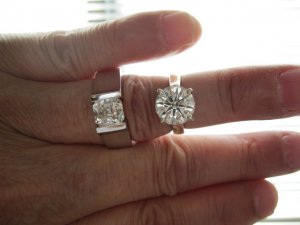
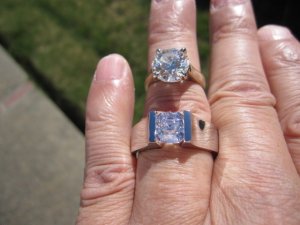
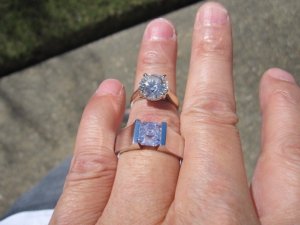
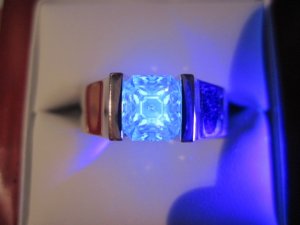
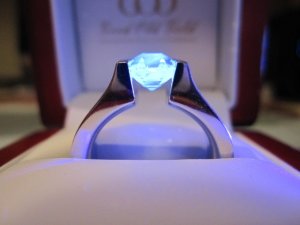
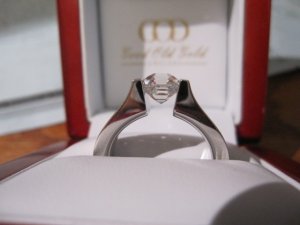


300x240.png)